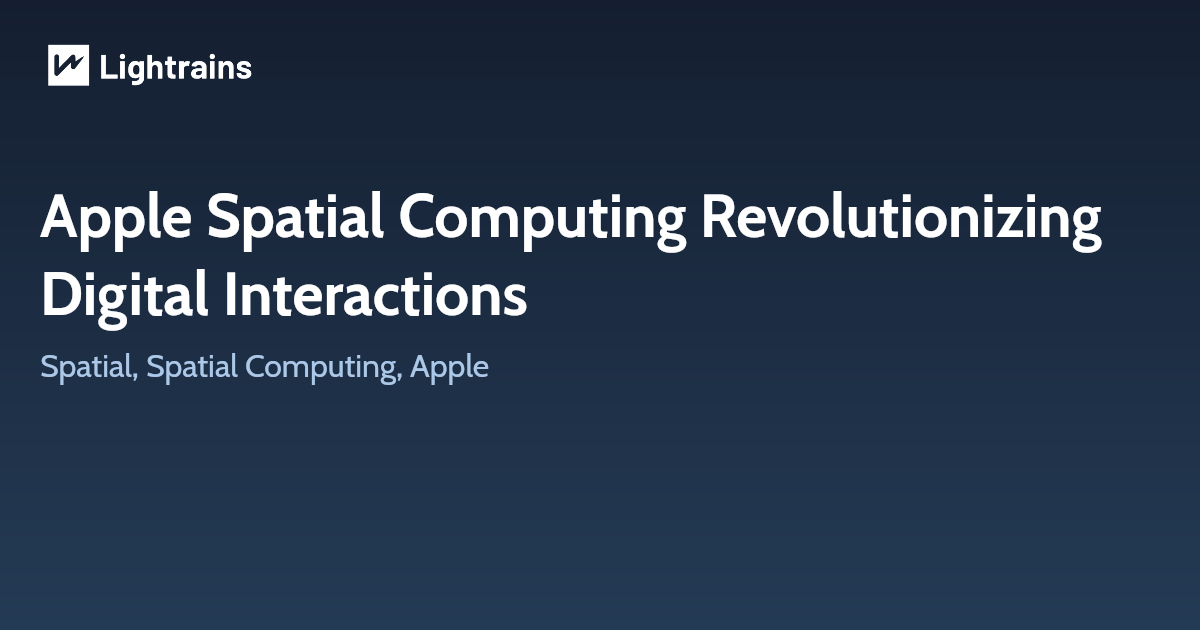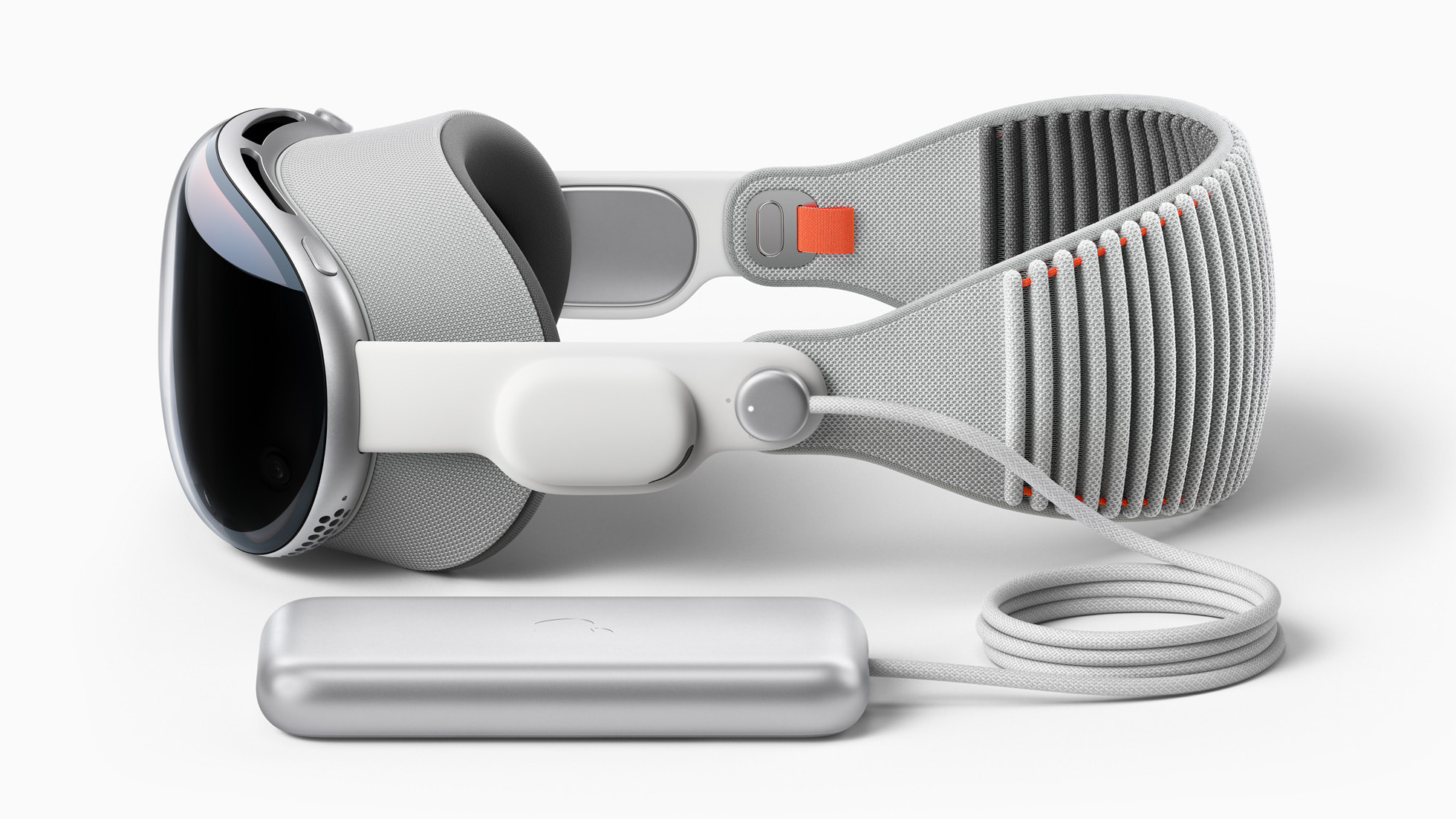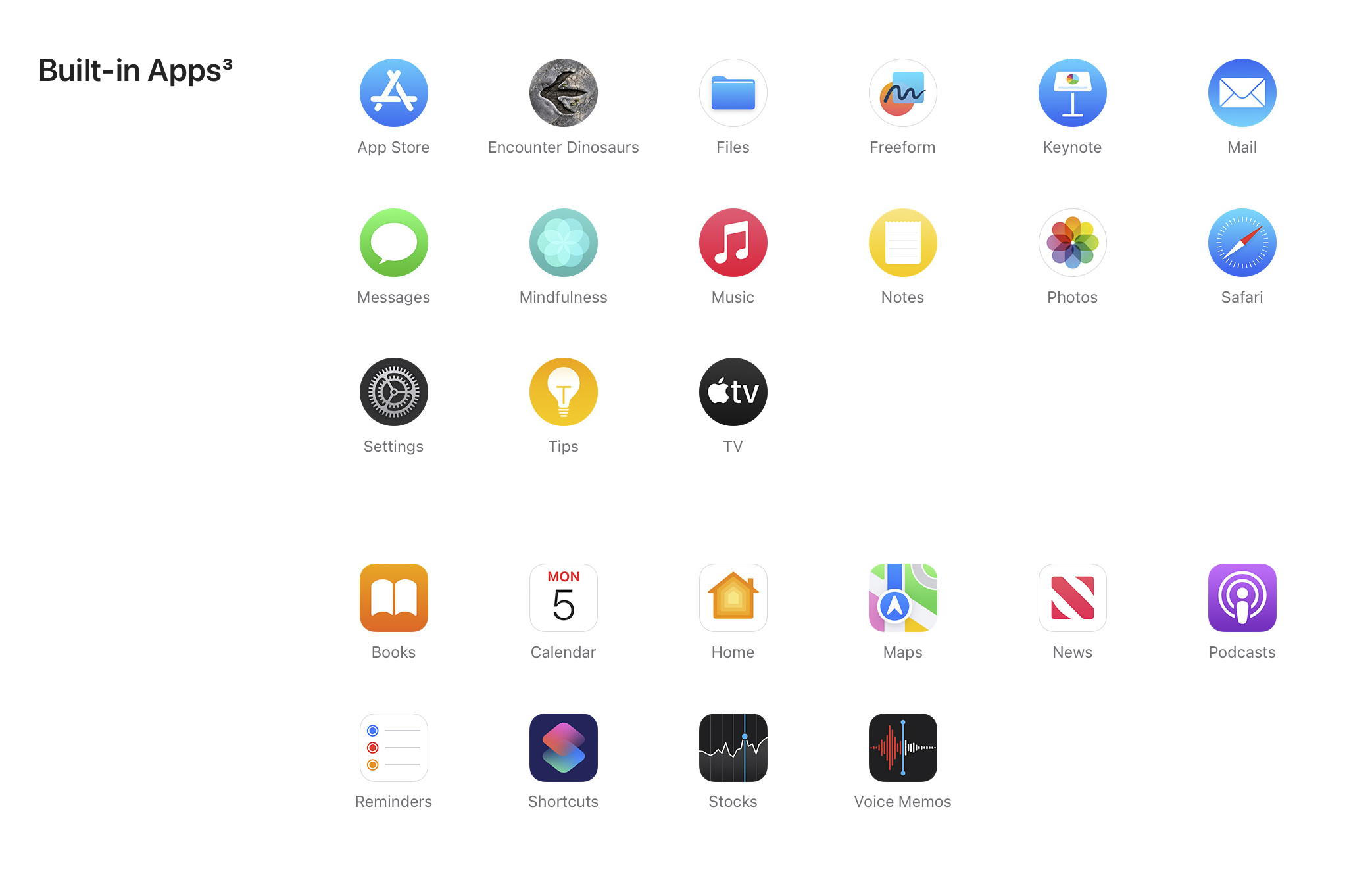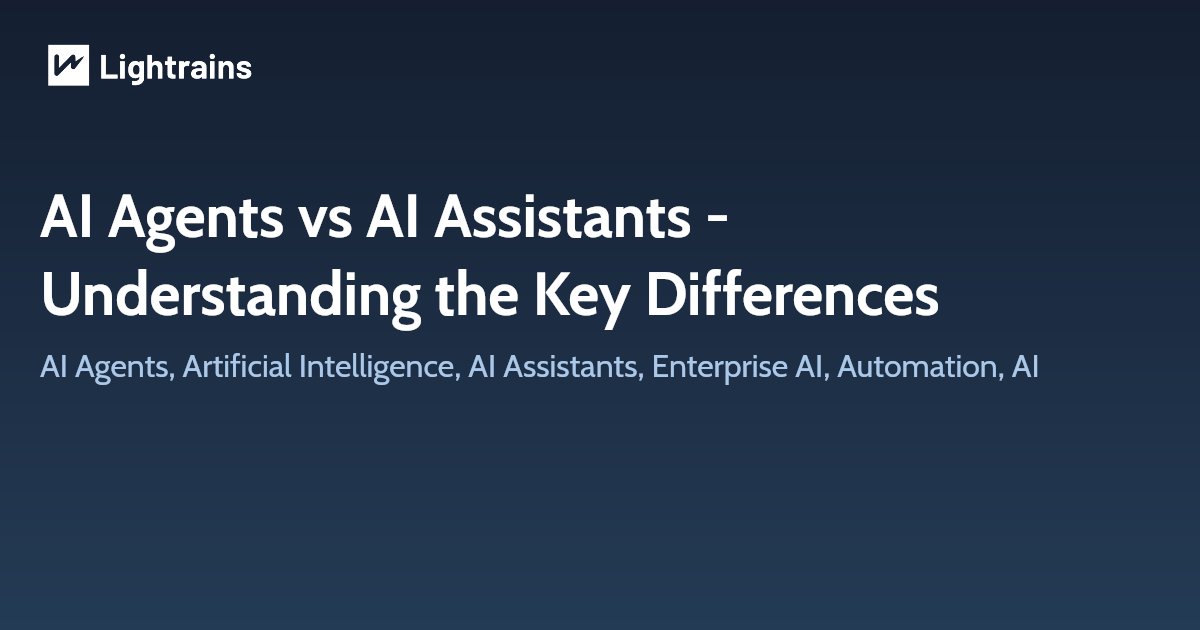
Spatial computing is an emerging technology that blends the digital and physical worlds, allowing users to interact with digital content in three-dimensional space. Apple’s foray into spatial computing marks a significant milestone in the tech industry, promising to transform how we interact with digital environments.
Apple’s Vision Pro: Pioneering Spatial Computing

The Unveiling
In June 2023, Apple unveiled its much-anticipated Vision Pro headset, marking its official entry into the spatial computing arena. This groundbreaking device combines augmented reality (AR) and virtual reality (VR) technologies to create a seamless spatial computing experience.
Key Features of Apple Vision Pro
- High-resolution displays
- Advanced eye-tracking technology
- Hand and gesture recognition
- Spatial audio
- M2 and R1 chips for powerful performance

Timeline of Apple Spatial Computing Developments
- 2017: ARKit introduced for iOS devices
- 2020: LiDAR scanner added to iPad Pro and iPhone 12 Pro
- 2023: Vision Pro announced at WWDC 2023
- 2024: Released Apple Vision Pro
Industry Impact and Technical Enthusiasm
The introduction of Apple Spatial Computing has sparked widespread enthusiasm among developers and tech enthusiasts. The potential applications span various industries:
- Education: Immersive learning experiences
- Healthcare: Advanced medical visualizations and training
- Architecture: 3D modeling and virtual walkthroughs
- Entertainment: Revolutionary gaming and media consumption

Spatial Commerce: The Next Frontier
Companies like MeshMonk uses the power of AI + Spatial Technology to enable in-demand E-com companies the ability to provide personalized shopping - revolutionizing the immersive shopping experience.
Redefining Online Shopping
Spatial commerce leverages spatial computing to create immersive shopping experiences. With Apple’s Vision Pro, consumers can:
- Visualize products in their real-world environment
- Interact with virtual storefronts
- Try on virtual clothing and accessories
Challenges and Opportunities
While spatial commerce presents exciting possibilities, it also faces challenges:
- Privacy concerns
- User adoption rates
- Content creation for spatial environments
A New Era of Digital Interaction
Apple Spatial Computing represents a paradigm shift in how we interact with digital content. As the technology evolves, it has the potential to revolutionize industries and create entirely new ways of working, learning, and entertaining ourselves in the spatial realm.
Major Players in Spatial Computing and Mixed Reality
- Meta (formerly Facebook)
Key Product: Meta Quest series (formerly Oculus) Focus: Virtual and augmented reality, metaverse development Notable Features: Standalone VR headsets, hand tracking, social VR experiences
- Microsoft
Key Product: HoloLens Focus: Enterprise-focused augmented reality Notable Features: Windows Mixed Reality platform, industrial applications
Key Products: Google Glass Enterprise Edition, ARCore platform Focus: Augmented reality, particularly for mobile devices Notable Features: AR development tools, Google Lens
- Sony
Key Product: PlayStation VR Focus: Gaming-centric virtual reality Notable Features: Integration with PlayStation ecosystem
This article originally appeared on lightrains.com
Leave a comment
To make a comment, please send an e-mail using the button below. Your e-mail address won't be shared and will be deleted from our records after the comment is published. If you don't want your real name to be credited alongside your comment, please specify the name you would like to use. If you would like your name to link to a specific URL, please share that as well. Thank you.
Comment via email







